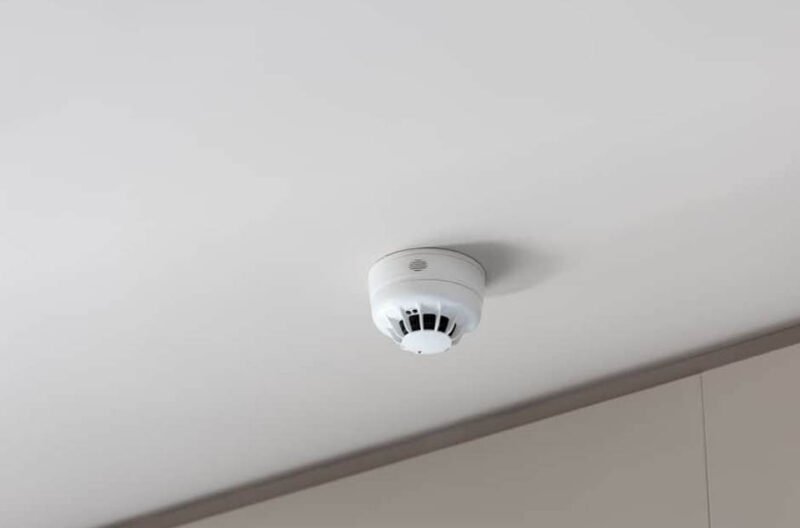
The rise of vaping among school-aged children has become a public health concern, prompting schools across the nation to seek effective strategies to prevent the habit from taking root. With the allure of flavored e-cigarettes and the misconception that vaping is a safe alternative to smoking, educators and administrators face a tough battle. However, innovative approaches and community involvement show promise in keeping kids vape-free during their school years.
Establishing a No-Vaping Policy and Education
The foundation of any initiative to stop kids from vaping in school is the establishment of a clear and comprehensive no-vaping policy. This policy should outline the consequences of vaping on school property but also extend to education. Students need to understand not just that they can’t vape, but why they shouldn’t. Integrating anti-vaping material into the health curriculum can demystify the dangers and long-term effects of e-cigarettes, helping students make informed decisions.
Implementing Detection Technology
To enforce these policies, schools are turning to technology such as a vape detector. These devices, installed in places where students are likely to vape undetected, like bathrooms and locker rooms, can alert staff when vaping activity is detected. This allows for timely intervention and reinforces the idea that vaping is not tolerated. The use of such technology also acts as a deterrent, potentially preventing the act altogether.
The Impact of Vaping Prevention Measures
To measure the success of anti-vaping initiatives, schools track various metrics before and after these measures are implemented:
| Metrics | Pre-Intervention | Post-Intervention |
| Number of Vaping Incidents | High | Decreased |
| Student Awareness Levels | Low | Increased |
| Disciplinary Actions Related to Vaping | Frequent | Reduced |
This data reflects the positive outcomes of comprehensive anti-vaping strategies in schools.
Counseling and Support Systems
Beyond deterrents and discipline, addressing the issue of vaping in schools requires a supportive approach. Counseling services and support groups can offer students the help they need to quit vaping. These services provide a safe space for students to discuss their struggles and find healthier coping mechanisms, free from judgment or punishment.
Engaging Parents and Guardians
An often-overlooked resource in the fight against vaping is the role of parents and guardians. Schools are finding success by involving the home front, providing information on how to spot signs of vaping and opening lines of communication. Workshops and informational sessions can empower parents to be an active part of the solution, reinforcing the school’s anti-vaping message outside of school hours.
Peer-Led Initiatives: Empowering Students to Take Charge
Peer influence is a powerful force in a student’s life, and it can be channeled positively through peer-led initiatives. Schools are empowering students to lead campaigns, clubs, and programs that raise awareness about the dangers of vaping. By training student leaders to facilitate discussions, share accurate information, and create peer support networks, these initiatives harness the power of peer influence to combat vaping. When students hear from their peers, the anti-vaping message can resonate more deeply, leading to a culture within the school that naturally rejects vaping.
Leveraging Digital Platforms for Wider Outreach
In an era where young people are constantly connected, schools are also leveraging digital platforms to combat vaping. Social media campaigns, educational videos, and interactive apps can extend the reach of anti-vaping messages beyond the classroom. Digital platforms offer a way to engage students with content that is relatable and accessible, providing constant reminders of the commitment to a vape-free environment. These online resources also allow for anonymous reporting of vaping incidents, making it easier for students to help enforce school policies without fear of social repercussions.
A Collaborative Effort to Clear the Air
Stopping kids from vaping in school is not a challenge that can be solved overnight or by a single method. It requires a multi-faceted approach that combines policy, education, technology, counseling, and community involvement. By working together, schools can create an environment where the health risks of vaping are understood and the choice to abstain from it is a well-informed one. Through persistent efforts and a commitment to student health, schools can clear the air and help pave the way for a vape-free generation.









